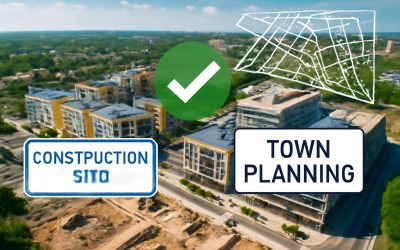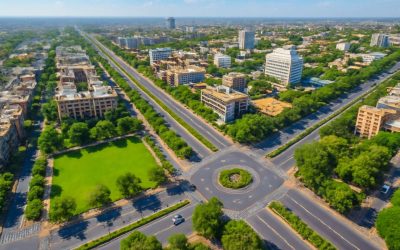Land use management is a process that allows the government to control the way that people and businesses use land. It’s a necessary part of maintaining a healthy environment and preserving our natural resources for future generations.
The process of land use planning involves the allocation of resources in a community so that they can be used for the best possible purposes. Without this process, a city would be in disarray, transportation wouldn’t run efficiently, and residents could be at risk from dangerous industrial plants.
EPA is concerned about different types of land uses because they can have specific and cumulative effects on air and water quality, watershed function, generation of waste, extent and quality of wildlife habitat, climate, and human health. These effects can vary depending on the type of land use, as well as the size of the area being affected.
There are three major types of land use: commercial, transportation, and recreational. Each of these types of land has different needs, and these needs should be taken into account when planning for land use.
Commercial land is often used for stores, warehouses, and other business facilities. It may also be used for infrastructure that is related to commerce, such as roads, airports, and train stations.
Residential and agricultural land are other important types of land. These types of land are usually located in close proximity to each other and may be interspersed with each other, as is the case in urban areas.
Developing a proper land use plan is a very complex and detailed process that requires the cooperation of many people, including government officials. It is very important to create a plan that takes into consideration all of the factors involved in land use, including population growth, environmental issues, and economics.
This process can be very time-consuming and expensive. It can take anywhere from a few months to several years for a proper land use plan to be created and reviewed.
The goals of land use planning are to ensure the efficiency, equity, and sustainability of a region. These goals are achieved through the use of information about trade-offs, appropriate technologies, and consensus-based decision making.
While these goals are the most common in land use planning, others may also be considered. For example, environmental conservation and restraint of urban sprawl are common objectives.
In addition, many planners assume that regulating the way that people use land will change the patterns of behavior and lead to better social and environmental outcomes. Moreover, these plans can help prevent conflicts between different users of the same land, and can also limit exposure to pollutants.
The process of land use planning is a highly iterative (cyclic) one, and goals are frequently revised to meet new situations. It is an important step in reducing greenhouse gas emissions and other environmental impacts that are caused by the way that people use land.



0 Comments